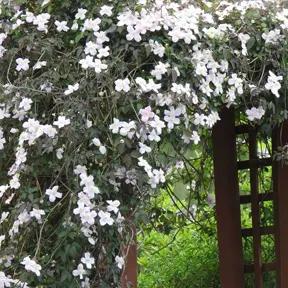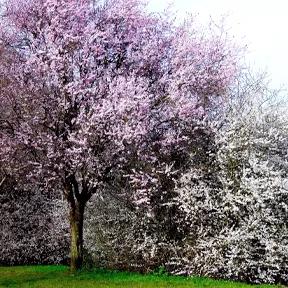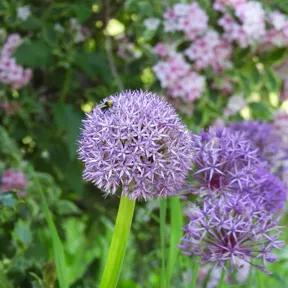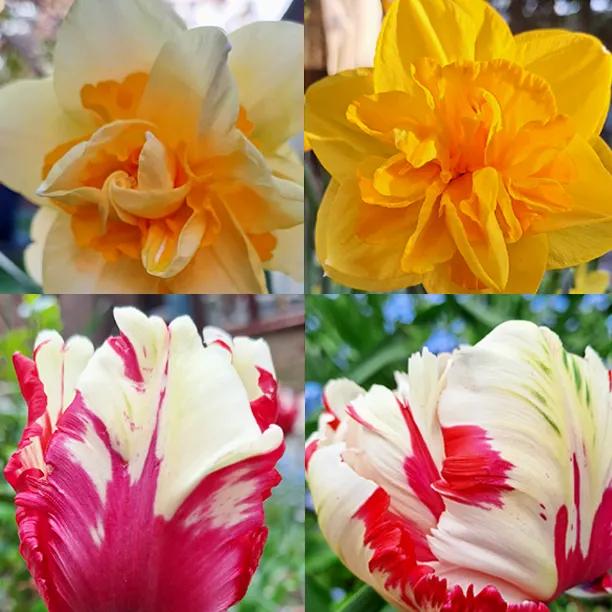What to expect
It's Spring Planting Season 2025

Pot Grown & Plug Plants Delivered
From seedlings in jumbo plugs; Dahlia tubers; small P9 & 1 Litre plants; up to trees in big 15L pots

Direct from the Nursery Value
We work with large batches of orders to save you money. Lead times for plants in stock are around 2 weeks

No more broken plants in the post!
When your order is ready, it's expertly packed by Rodney and delivered by next day courier; if anything goes wrong, call Dan on 01963 359 444
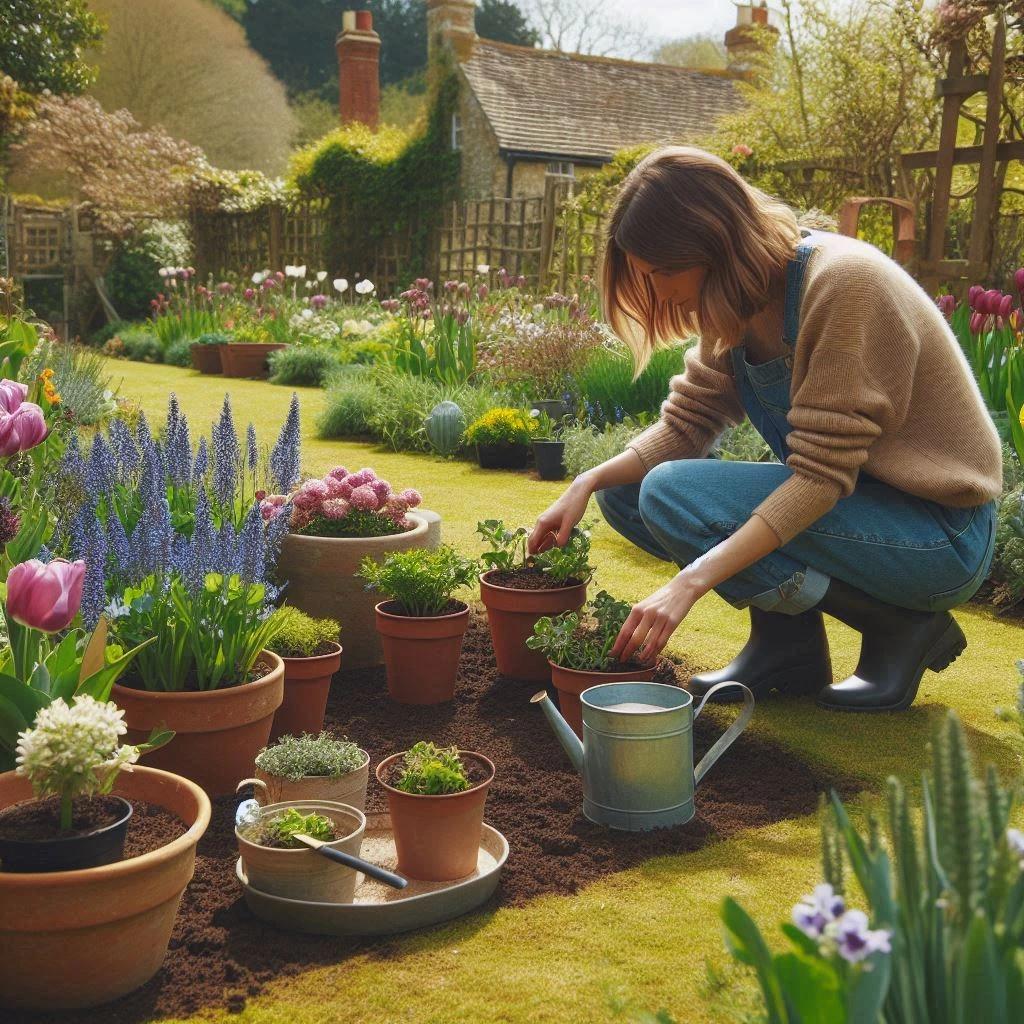
Spring is perfect planting time
Roots love the warm soil; the plant has time to settle in before mid-Summer heat
Tag us @ashridgenurseries


